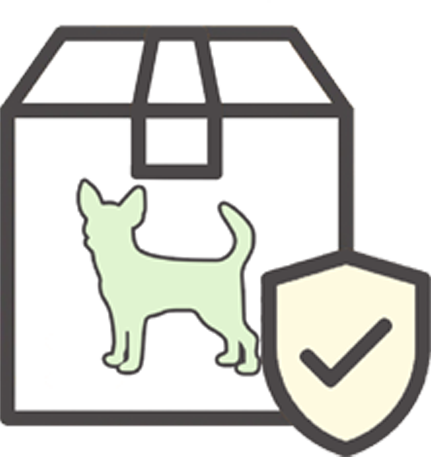What is Dog Nose Work?
Thursday, June 07, 2018 02:13:19 PM America/Los_Angeles

It’s getting warmer, and that means it’s time to load the dogs into the C.A.R. and take them for a D.R.I.V.E., perhaps to the L.A.K.E. It’s always fun to take the pooches for a run in the park, across fresh grass, but have you ever noticed how much of their attention is commanded by the scents they encounter? Wouldn’t it be great to be in on the canine fun? Luckily, now we can with an activity called Canine Nose Work.
Nose work is an activity developed by three professional K-9 trainers; Jill Marie O’Brien, May Herot, and Ron Gaunt. The primary governing organization for nose work competition is the National Association of Canine Scent Work (NACSW). Although NASCW pioneered the sport, it has three sister organizations; the United Kennel Club (UKC), the Sport Detection Dog Association, and United States Canine Scent Sports (USCSS).
The goal of nose work is to teach your dog how to find specific scents. The concept is similar to that used by the handlers of working dogs when they search for narcotics or explosives.
In canine nose work, your dog would first be taught to search for a doggy toy or doggy treat that has been hidden, in one of four different search areas. These include the interior of a building, an exterior (outside) environment, a vehicle, and under or within a container.
Interior searches can take place in your own home. However, the training will progress more easily in a building that does not contain distracting odors, such as pee pads, potty pads, dog grass, DoggieLawn or other supplies used for housebreaking a pet,
An exterior search should take place on a variety of surfaces, including real grass, fake grass, concrete, and dirt or gravel.
During a vehicle search, you would plant the target odor on the outside of one of three vehicles. For an extra challenge, you could have your dog search a vehicle with its own interesting smells, such as a boat or a livestock trailer.
When you begin training your dog to search containers, you should start with cardboard boxes. As your canine pal progress in skill level, you can change things up by hiding the target scent inside of a plastic container, and placing the container at different heights.
Once your dog understands the basics of searching, you can make the game more interesting by teaching your dog to search for one of three unique scents. These include birch, anise, and clove. K-9 nose work instructors recommend these substances for their pungency and because the materials used to train drug dogs and bomb-detection dogs are not available to the general public.
Nose work provides numerous benefits for your dog. First, nose work is mentally and emotionally satisfying, and it is a great form of exercise. Second, the activity allows and dog and his person to bond more deeply. Third, nose work is believed to help nervous dogs to relax. Fourth, the activity is conducted by one dog and one handler. So, if your dog is aggressive toward other animals, it can still enjoy a fun activity. Finally, nose work is a great way to enrich the life of a dog that has a disability, such as blindness, deafness, missing legs, early stage hip dysplasia or other joint problems. As long as your dog can smell, it can participate in nose work.
Engaging in nose work on your own can be a lot of fun. However, it doesn’t have to stop there. NACSW and other organizations conduct odor recognition tests and nose work trials on most weekends. What’s more, in many cases participation is free for shelter and rescue dogs.
NACSW issues three titles in the sport of K9 Nose Work.
NW1 demonstrates proficiency with one odor (birch) and four elements (container, interior, exterior, vehicles) with one target scent in each element.
NW2 demonstrates proficiency with two odors (birch and anise) and four elements (container, interior, exterior, vehicles) with one or two target scents in each element. The container search will contain at least one distraction, such as food, a toy, or a scent.
NW3 demonstrates proficiency with three odors (birch, anise and clove). Between one and three scents may be hidden in three of the elements (containers, exteriors and vehicles). Interior hides may have zero to three hides. A room without any must be declared clear by the handler for the search to be considered complete.
Your dog can also earn one of four additional titles.
NW3 Elite is awarded to a team that has earned three NW3 titles.
NW3 Element is awarded to a team that has successfully passed one element at NW3 level, three times. A dog that has passed the NW3 is considered to be at the level of a professional detection canine.
Element Specialty Titles trials focus on one or two elements. Searches are longer and are unique or challenging.
The Harry Award recognizes the skill of a rescue dog that has passed NW1 and demonstrates “extraordinary ability and spirit in K9 Nose Work.”
Happy hunting!


